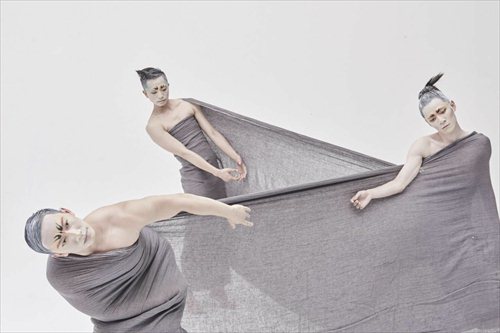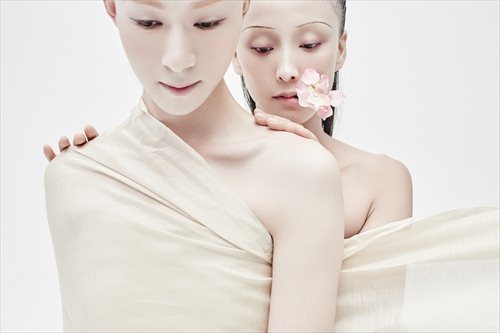Old stories, old opera, new twists
Zhao Liang wraps trilogy with classically inspired Oriental Soul and Desire
While Chinese contemporary dancers continue embracing modern elements in their works, renowned contemporary dancer and choreographer Zhao Liang just can't help immersing himself in the treasure of traditional Chinese culture and arts.
Over the past three years, he has created the acclaimed Oriental Soul and Desire trilogy, which revives classic Chinese legends through a mix of old and new performance styles and showcases traditional Chinese culture in every detail, from stage design to costumes, from makeup to dance movements.
The first installment in the trilogy, known as Dreams of Zen, takes inspiration from the wonderland depicted by Cao Xueqin, a writer from the Qing Dynasty (1644-1911), in his book A Dream of Red Mansions. The story revolves around 10 people, men and women, caught in love fantasies.
The second, The Tea Spell, starts with a set of unearthed tea ware from the Tang Dynasty (618-907) and leads the audience to a poetic story in which different teas' temperaments are reflected through different people with distinct yet interwoven experiences.
Both have been lauded by audiences, critics and the industry. Chao Ke, executive artistic director of Beijing Nine Contemporary Dance Company, was amazed by the choreography in Dreams of Zen, which he said was "as beautiful as walking pictures."
And Meng Jinghui, China's leading experimental theater master, reviewed The Tea Spell as "impressive, enigmatic, sexy and with a bit of anger."
Escaping from the Temple, completed last year, is the final piece in the trilogy, and it brings the aura of traditional Chinese culture to a new climax. The work will be shown in Shanghai on July 3.

Combining Kunqu classics
The inspiration for Escaping from the Temple are two famous scenes from Chinese Kunqu Opera - one depicts a nun's inner struggle with loneliness and longing for love and family life, and the other revolves around a tentative relationship between a monk and a nun.
The two original stories will be mixed in Zhao's work, which uses different performers to convey different sides of each role to bring out the complexity of people and love.
He also infuses performing styles from Kunqu Opera into the work, which will be a combination of contemporary dance and traditional Chinese aesthetics.
Comparing with the former two works, Escaping from the Temple features a simpler style in terms of fewer cast members as well as minimalist stage design, which amplifies focus on the outstanding emotional performances.

Promotional photos for Escaping from the Temple Photos: Courtesy of SAIC Shanghai Culture Square
Desire of a nun and a monk
Escaping from the Temple is a work about desire, Zhao said. The two characters discreetly unveil their affection but also occasionally they hesitantly shun each other, and it seems a dilemma for the two to choose between escaping from the temple or going back to ascetic life.
"I think the nun and the monk are two great roles," Zhao said. "Their love is awesome because the two manage to break free from the restrictions of their identities and escape from the temple to live together. In my eyes, they don't only speak for themselves, but also for every person in the world."
Zhao said the dilemma confronting the nun and the monk resembles that of many people in real life. But he further points out that life is not about having to choose one out of only two options, as life has many more choices to offer.
And the ultimate freedom will be enjoyed by those with enduring belief and passion in life no matter which option they will take.
"In all of the three works, I have asked questions and gave the answers, although sometimes it seems that I gave no answers, which is very interesting," Zhao added.
Date: July 3, 7:15 pm
Venue: SAIC Shanghai Culture Square 上汽上海文化广场
Address: 36 Yongjia Road 永嘉路36号
Tickets: 80 yuan ($12.16) to 350 yuan
Call 6472-6000 to book tickets